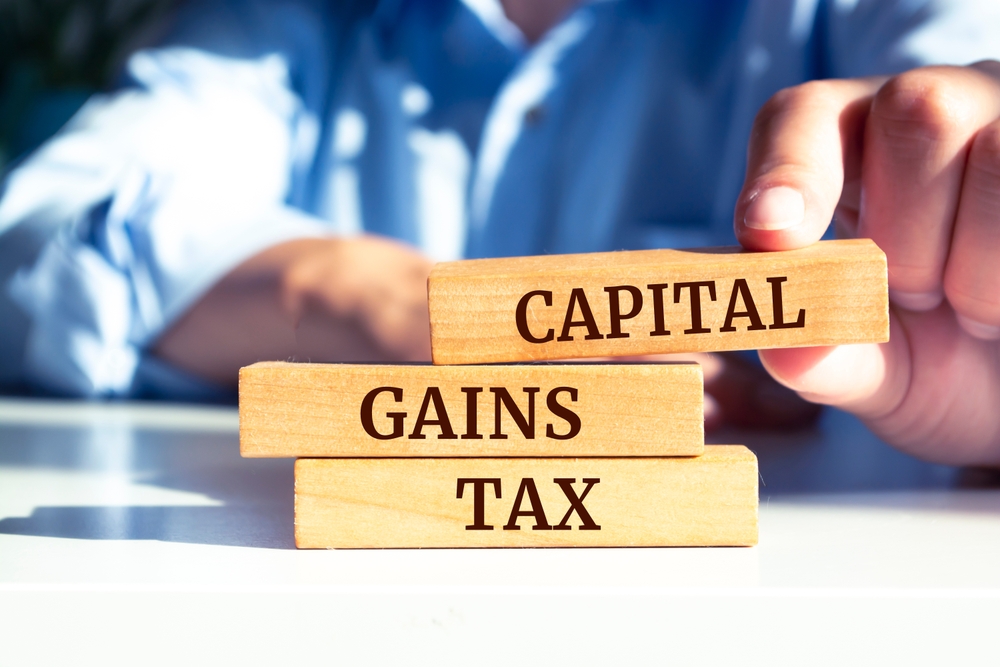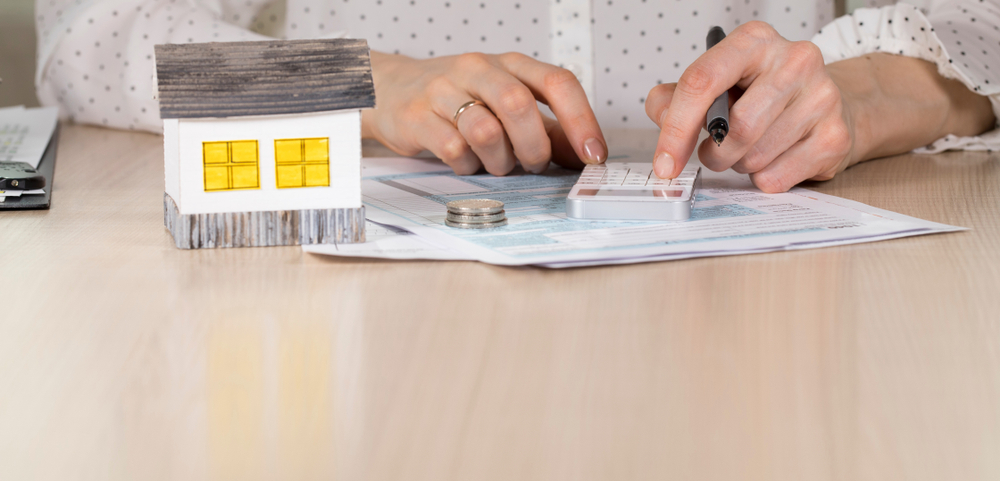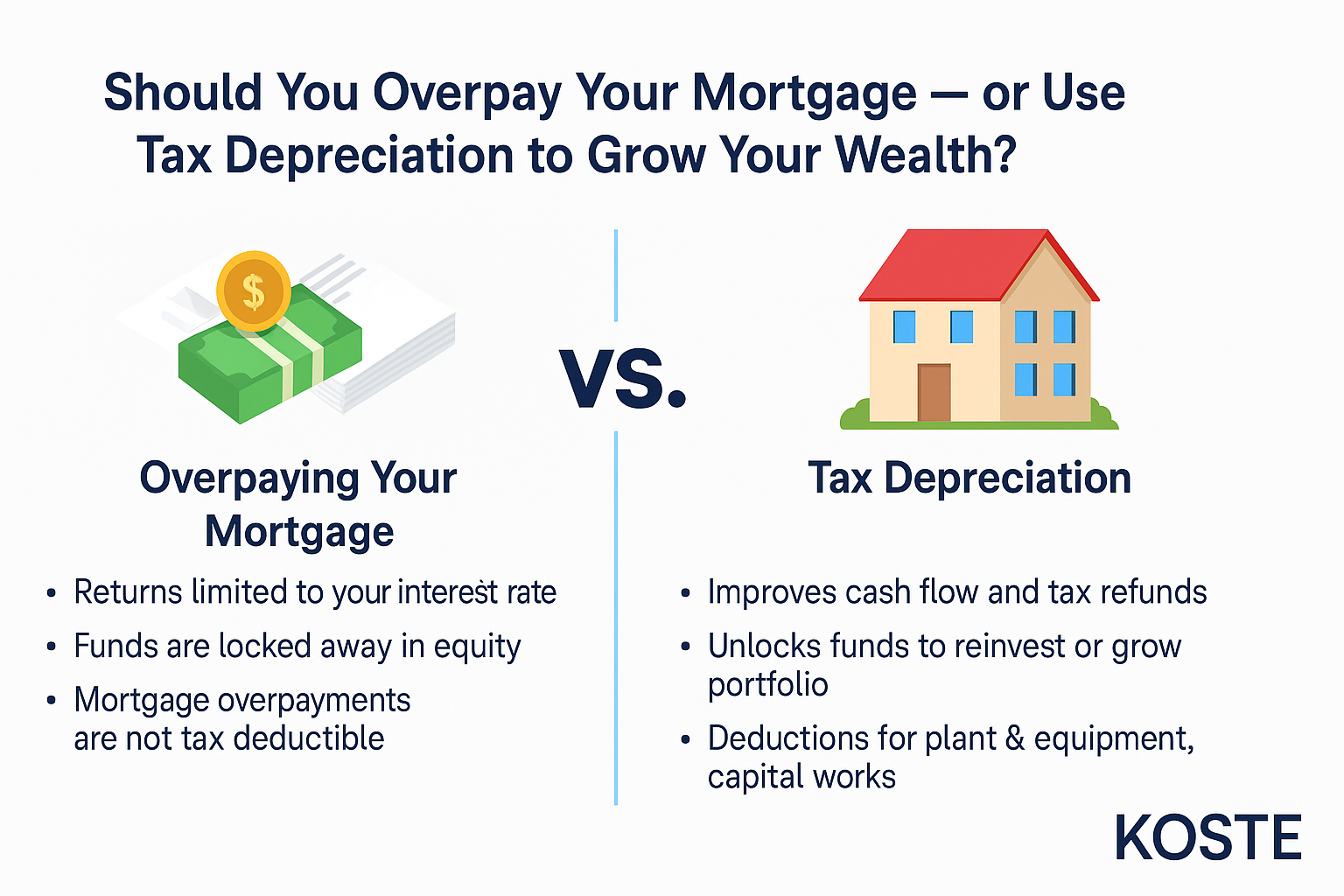
CGT Guide for Property Investors
Reduce Your Capital Gains Tax (CGT): Essential Tips for Property Investors
For property investors, Capital Gains Tax (CGT) can significantly affect your profit when you sell. However, with careful planning, there are effective ways to reduce the amount you owe. In this article, we’ll cover the basics of CGT, key strategies for minimising your tax liability, and how Koste’s CGT Cost Estimate service can help if you don’t have a record of capital improvements.
What is Capital Gains Tax (CGT)?
CGT is the tax you pay on the profit when you sell an investment property. This tax is calculated by subtracting your cost base (purchase price + associated costs) from the sale price. The difference between the two is your capital gain, and it is added to your taxable income and taxed at your marginal tax rate.
If you’ve held the property for more than 12 months, you may be eligible for a 50% CGT discount, significantly reducing the tax you owe.
Key CGT Strategies for Property Investors
1. Hold Your Property for More Than 12 Months:
Holding your property for over 12 months before selling is a simple and effective way to reduce your CGT liability. This qualifies you for the 50% CGT discount, which can cut your tax bill in half.
Example :
| Scenario | Less Than 12 Months | More Than 12 Months |
|---|---|---|
| Purchase Price | $500,000 | $500,000 |
| Sale Price | $700,000 | $700,000 |
| Capital Gain | $200,000 | $200,000 |
| Taxable Gain | $200,000 | $100,000 (50% discount) |
| Tax Rate (37%) | $74,000 | $37,000 |
| CGT Savings | – | $37,000 |
2. Principal Place of Residence (PPR) Exemption and the 6-Year Rule
If you’re selling a property that was your principal residence before becoming an investment property, the 6-year rule allows you to rent it out for up to six years and still claim the PPR exemption. This means you won’t have to pay CGT on the sale if the property was your main home and you haven’t claimed another residence during that time.
3. Depreciation and CGT (Division 40 and 43)
Depreciation deductions can also help reduce your taxable income during ownership, particularly with Division 40 (plant and equipment) and Division 43 (building structure). However, it’s important to know that for properties purchased after May 9, 2017, second-hand Division 40 assets (like appliances) cannot be depreciated during ownership. Instead, you may claim the remaining undeducted value of these assets as a capital loss when you sell the property, further reducing your CGT liability.

How Koste’s CGT Cost Estimate Service Can Save You Money
Over the years, many property investors make improvements or renovations to their properties but often lose track of the costs involved. Without these records, you may end up paying more CGT than necessary because you can’t increase your cost base with the value of these improvements.
Koste offers a CGT Cost Estimate service that provides professional estimates of the costs of any improvements or capital works you’ve made to your property—even if you no longer have receipts or records. By adding these estimated costs to your cost base, you reduce your taxable capital gain, saving you money on CGT.
Example Table: Impact of Adding Capital Improvements to Cost Base
| Scenario | Without Cost Estimate | With Cost Estimate |
|---|---|---|
| Purchase Price | $500,000 | $500,000 |
| Sale Price | $800,000 | $800,000 |
| Capital Improvements Added to Cost Base | $0 | $50,000 |
| Taxable Capital Gain | $300,000 | $250,000 |
| 50% CGT Discount Applied | $150,000 | $125,000 |
| Taxed at Marginal Rate (37%) | $55,500 | $46,250 |
| CGT Savings | – | $9,250 |
Need help calculating the costs of improvements? Order Koste’s CGT Cost Estimate service today to ensure you maximise your savings on CGT.
The 6-Year Rule: How to Maximise Your CGT Exemption
Under the 6-year rule, you can rent out your former home for up to six years and still avoid paying CGT on the sale, provided you don’t claim another principal residence during this period.
Example:
- You live in your home for 2 years and rent it out for 4 years. After 6 years of ownership, you sell it for a profit. As long as you haven’t claimed another PPR, you won’t have to pay CGT on the sale.

Example:
- Detailed CGT strategies for property investors
- Practical examples and case studies
- A step-by-step worksheet to calculate your capital gains
Conclusion: Reduce Your CGT and Save More
By understanding CGT and taking steps to reduce your taxable capital gains, you can keep more of your profits. If you’ve made improvements to your property and no longer have records, Koste’s CGT Cost Estimate service can ensure you don’t miss out on important savings.
Maximise property tax depreciation
Get a Free Quote today
Koste are the leading providers of commercial Tax Depreciation reports. Whether you are a tenant completing a fit-out or landlord recently purchasing a property we can help.

